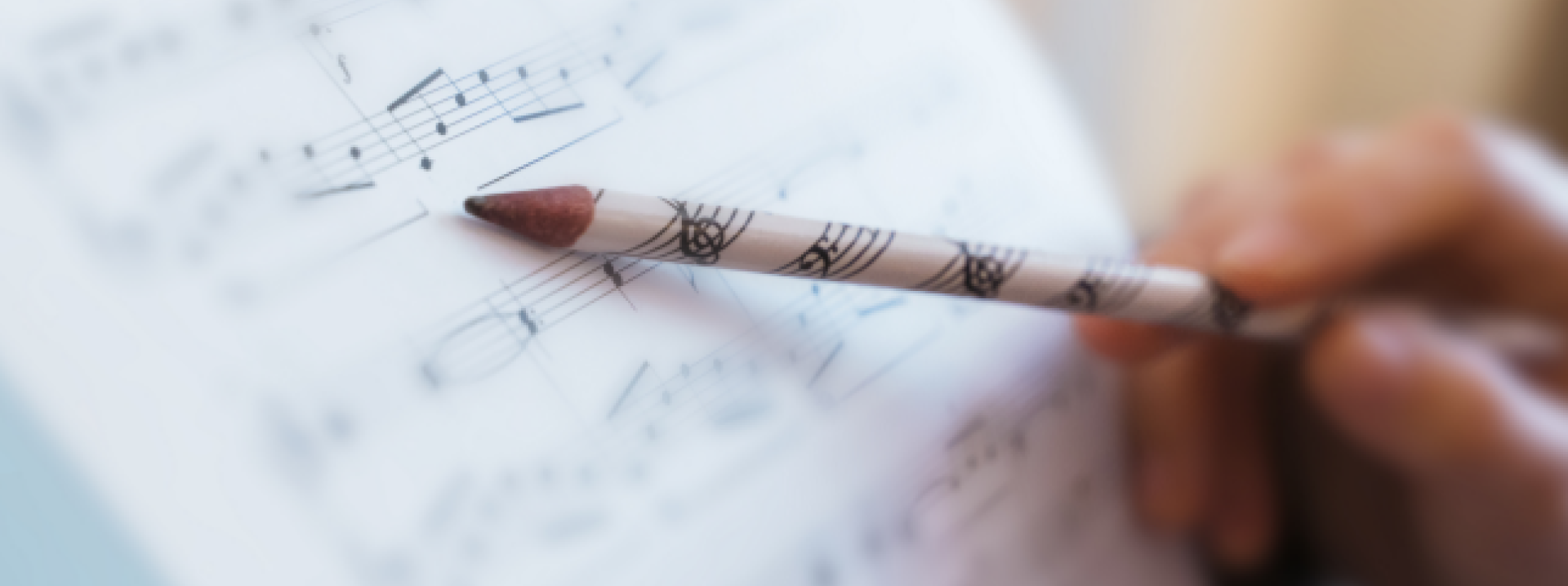Sheet music
Musical contribution - May 2013

Marcia Festiva (M.E. Bossi, 1861-1925) – The Italian composer Marco Enrico Bossi is internationally renowned as a result of his compositions for the organ. He has also tried to bring non-operatic compositions to people’s attention in the land of opera. Some of his inspirations include Mendelssohn, Schumann, Liszt, Brahms and Reger.
His father taught him as a young boy and he continued his studies at the Milan music academy at a later stage. He became organist at the Como cathedral at the tender age of 20. He later accepted the position of teacher at the Naples music academy and subsequently and successively fulfilled director’s positions at music academies in Venice, Bologna and Rome.
He met organists like César Franck, Marcel Dupré and Karl Straube during his many international tours. He departed for concerts in, for example, New York and Philadelphia at the end of 1924. He died at sea unexpectedly during his return journey.
The piece of music which is the central focus point this month was written by him around 1900, during the time when he was working in Venice. It comes from a series of 10 compositions. We can clearly recognise the classic form in this piece.
The march opens in a tough and festive manner. This theme makes another return in bars 42 and 83. He briefly moves his right hand across to another keyboard during the first time, whilst the left hand remains on the Great as a solo. It’s not necessary to change the registration for these 3 bars, as they are played manually.
We hold back on the strength somewhat in bar 20. Any possible 16’ stops can close. This is as a result of the clarity during the dotted pattern. Something which makes a comeback in bar 74.
Bossi quite unexpectedly introduced a choral of 8 bars in bar 50. The unexpected effect is partly caused by the new (parallel) A-flat major key. It’s advisable to maintain the tempo, as he repeats this choral after 8 bars, but this time with a sharp accompaniment. The melody even appears a third time. This time with pedal and in F-minor, but without adjusting the melody.
Bossi manages to arrive back in C major in bar 83 by means of a slightly modified final line. And he impressively works towards bar 95 with the material from bar 20. This is where we can hear the choral one last time.
Both the march and the composer deserve to be brought to people’s attention. This is definitely very moreish for as far as I’m concerned.
With Kind Regards,
André van Vliet